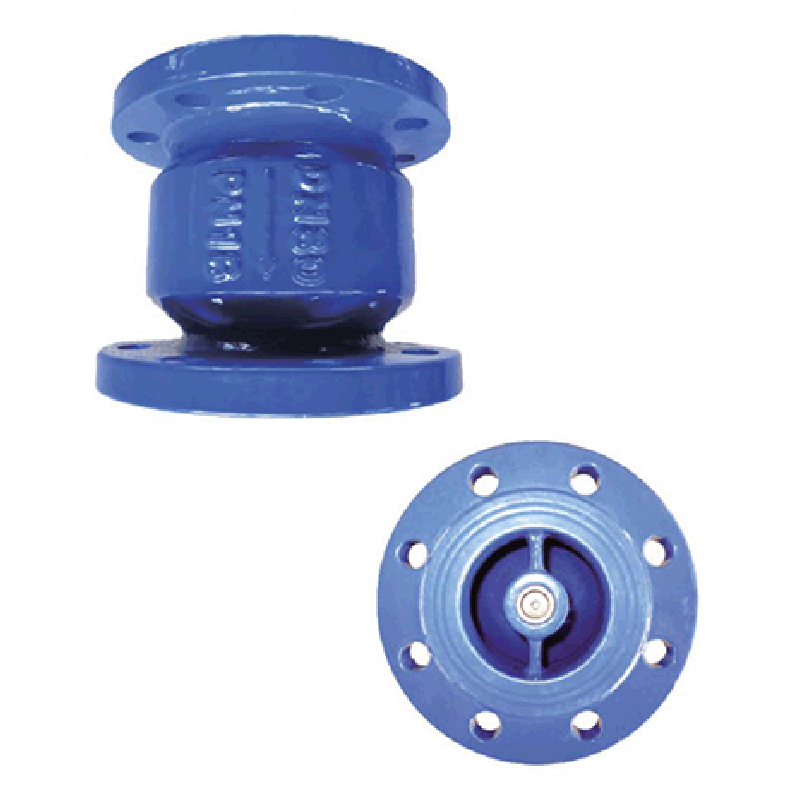11월 . 18, 2024 07:12 Back to list
cast steel check valve
Understanding Cast Steel Check Valves Design, Function, and Applications
Cast steel check valves are crucial components in various piping systems, serving the primary function of preventing backflow and ensuring a unidirectional flow of fluids. Their design and construction from cast steel provide several advantages, including durability, strength, and the ability to withstand high-pressure environments.
What Is a Check Valve?
A check valve, often referred to as a non-return valve, is a mechanical device that allows fluid (liquid or gas) to flow through it in one direction while preventing backflow. This is essential in many applications to protect equipment, maintain pressure, and ensure the efficiency of fluid systems.
Why Choose Cast Steel?
Cast steel is a preferred material for check valves due to its excellent mechanical properties. It possesses high tensile strength and is resistant to wear and corrosion, making it suitable for harsh operating environments. Additionally, the casting process allows for complex shapes and designs, which can optimize fluid flow and minimize turbulence.
Design Features
Cast steel check valves come in various designs, including swing type and lift type
.1. Swing Check Valves These utilize a disc or flap that swings open and closed with the flow of fluid. When fluid flows in the designated direction, the disc opens, allowing passage. If the flow attempts to reverse, the disc swings back to a closed position, effectively blocking the reverse flow.
cast steel check valve

2. Lift Check Valves These operate similarly, but instead of a swinging motion, they have a disc that lifts off its seat when fluid flows in the correct direction. When the flow stops or reverses, gravity or backpressure causes the disc to close against its seat, preventing backflow.
Both designs have their specific applications, advantages, and limitations, which should be considered during selection.
Applications
Cast steel check valves are widely used across various industries, including
- Oil and Gas They are vital in pipeline systems to prevent backflow and maintain fluid integrity, especially in upstream and downstream processes. - Water Supply and Wastewater Management In municipal systems, these valves help to manage waterflow and protect infrastructure from surges or reverse flow. - Chemical Processing They ensure that hazardous or corrosive materials do not leak back into systems, thus enhancing safety and efficiency. - Power Generation In power plants, check valves are essential for controlling flow in steam and cooling water systems.
Advantages of Cast Steel Check Valves
1. Durability The robust nature of cast steel ensures that these valves can withstand high pressures and harsh operating conditions without failure. 2. Corrosion Resistance They can be treated or alloyed to resist corrosion, extending their operational lifespan in demanding environments. 3. Versatility Offered in various sizes and designs, cast steel check valves can be customized for specific applications and fluid types. 4. Cost-Effectiveness While the initial investment might be higher than other materials, the long lifespan and reduced maintenance needs often result in lower overall costs.
Conclusion
Cast steel check valves play an integral role in maintaining the integrity and efficiency of fluid systems across various industries. Their robust construction, versatility, and reliability make them a top choice for engineers and system designers. Understanding the specific needs of your application, including flow rates, pressure requirements, and the type of fluid being handled, is essential for selecting the right type of check valve. By investing in high-quality cast steel check valves, organizations can ensure safety, efficiency, and long-term performance in their fluid management systems.
Share
-
Reliable Wafer Type Butterfly Valves for Every IndustryNewsJul.25,2025
-
Reliable Flow Control Begins with the Right Ball Check ValveNewsJul.25,2025
-
Precision Flow Control Starts with Quality ValvesNewsJul.25,2025
-
Industrial Flow Control ReliabilityNewsJul.25,2025
-
Engineered for Efficiency Gate Valves That Power Industrial PerformanceNewsJul.25,2025
-
Empowering Infrastructure Through Quality ManufacturingNewsJul.25,2025